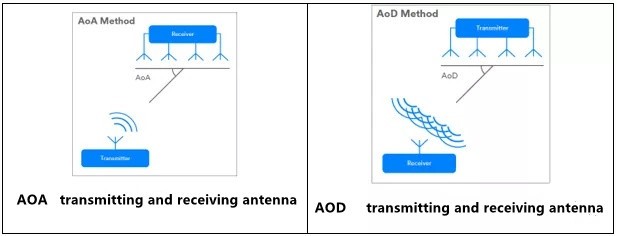It is undeniable that UWB and Bluetooth AoA are high-precision positioning technologies that have attracted attention in terms of technical performance and ecological strength. But in fact, there are more than these two types of positioning technologies on the market, as well as WiFi, geomagnetism, inertial navigation, ultrasonic and so on. The fragmented characteristics of the Internet of Things are destined to not be a market where a certain positioning technology can take it all. Therefore, for positioning technology, as long as it has its own unique advantages, you can find yourself in the big cake of the Internet of Things. Market share.
Bluetooth technology has formed a huge ecology, and it is estimated that by 2025, the annual shipment of Bluetooth devices will reach 6.4 billion. According to market demand, when Bluetooth 5.1 was released, the focus was on the centimeter-level indoor positioning market. In the Bluetooth 5.1 specification released in January 2019, two methods are supported to determine the direction of the Bluetooth signal. Both methods are based on the use of antenna arrays: Angle of Arrival (AoA) and Angle of Departure (AoD)

Bluetooth protocol relative to its positioning technology (including WiFi, Zigbee, GNSS (GPS, GLONASS, etc.), cellular (4G, 5G, etc.) or ultra-wideband (UWB) such radio positioning and other technologies that can be used for positioning and data communication (Such as ultrasonic, infrared, lighting, MEMS (acceleration, gyroscope, compass, etc.) and camera-based video positioning system), and other technologies that can be used for data positioning, have unique advantages, mainly in interoperability across devices , High market penetration, and the use of the globally available 2.4GHz ISM frequency band, to achieve low power consumption, long communication range, flexible communication protocol, and based on the developed data interface, so as to quickly achieve economies of scale, thereby maintaining an ultra-high cost performance.
In the last two years, UWB has been supported by giants such as Apple, NXP, Xiaomi, Samsung, etc., making it a popular technology from a niche technology.
Any technology has advantages and disadvantages. The advantages of UWB include: high positioning accuracy, high security, strong anti-interference ability, and high real-time performance. Correspondingly, it also has disadvantages such as high power consumption and high cost.
The application market of UWB is currently still being explored. Generally speaking, the application market of UWB has been widely used in many fields such as industrial manufacturing, warehousing and logistics, mine safety, and data centers.
There are no absolute advantages or disadvantages to technology. The key point is to look at the application scenarios and need to serve applications. Whether it is UWB or Bluetooth AoA, or geomagnetism, Wi-Fi, or even GNSS, etc., they only provide a solution to application requirements. Which solution to choose cannot be determined simply by looking at certain technical indicators. It needs a comprehensive balance. The complexity, budget, robustness and other factors of the scheme. In summary, there are only suitable technical solutions, not good ones.